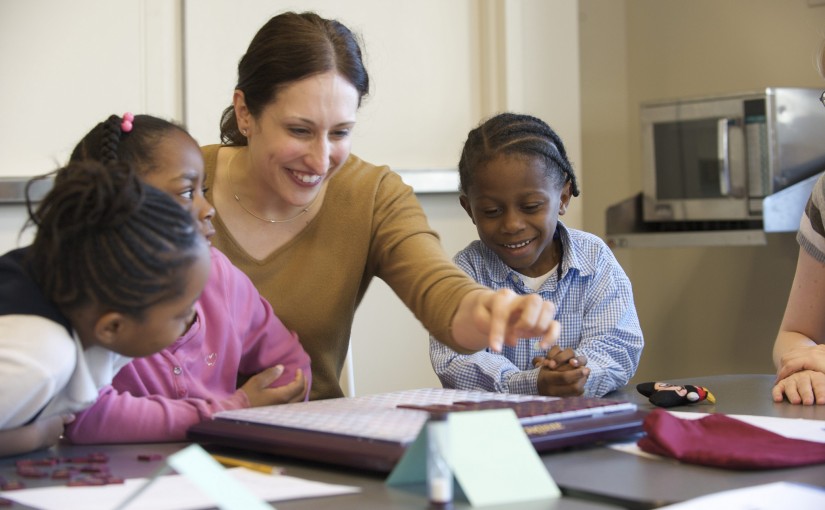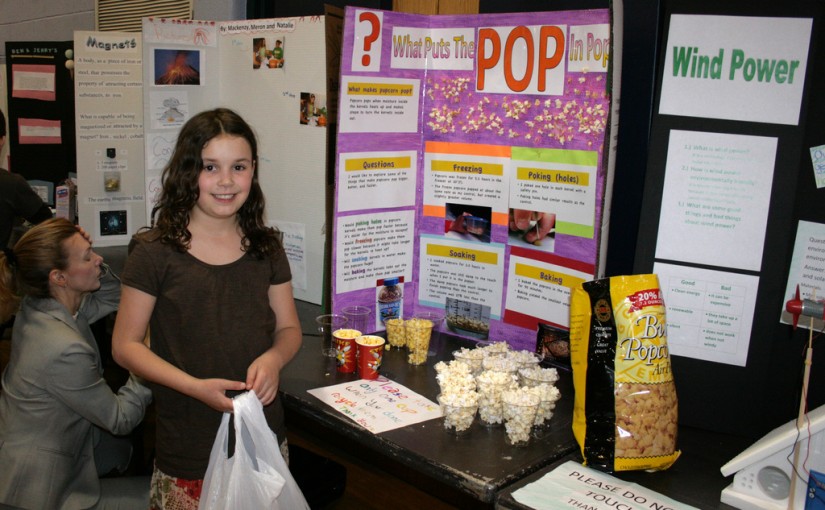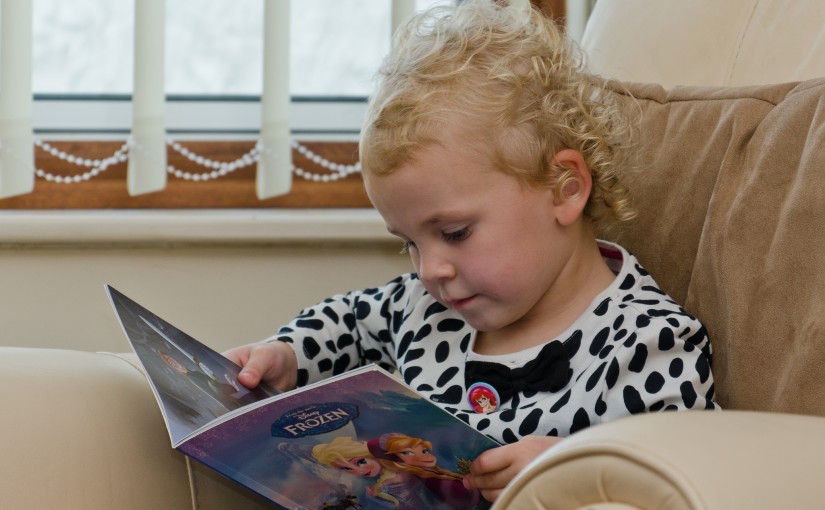Tag: Parents
-

How Does ASD Affect Mood and Anxiety?
Autistic people are often anxious. If you have ever been around an autistic person when they are overloaded, you will know that the overload brings anxiety with it as the autistic person cannot cope with something going on in their environment that they are expected to process. If you are the parent or caregiver of…
-

The Importance of Teacher Appreciation Year-Round
Most people have that one teacher that they will never forget, the person who taught them to think outside the box, to believe in themselves. Many communities have Teacher Appreciation Week. Sometimes, students buy their teachers gifts for the holidays. However, those are just a few days a year events. Teacher appreciation needs to be…
-

20 Ways to Show Appreciation for Teachers
Teacher Appreciation Day this year is May 3. What are you doing to appreciate the teachers in your life or in the lives of your family? If you do not yet know what you will be doing, then please allow me to offer some suggestions. After all, teachers do some of the hardest work in…
-

Do Strong Libraries Boost Student Achievement?
In a time when budgets are tight, every aspect of education is assessed for its value, and school libraries are no exception. Do school libraries contribute significantly to student achievement? Research into the answer to this important question dates to the 1960s. And for just as long, a strong correlation has been found between library…
-

100 Awesome Science Fair Project Ideas
Science fairs are a fun and interactive way to learn about how the world works in an up-close and personal, hands-on manner that allows a person to showcase their favorite fields. But with so many interesting experiments in the world, how do you narrow your focus down to just one question you want to answer…
-

Ten Teacher Appreciation Gift Ideas
When things get busy during the year, it can be easy to overlook what a fantastic job your child’s teacher is doing. Teachers put in much more time and effort than we might realize, often going above and beyond in order to give our kids a great education, so the end of the school year…
-

Promoting Summer Reading
Reading is more than a great way to pass the time. It expands vocabulary, develops empathy, and improves analytical skills. Research has also shown that how much a child reads over the summer has a strong correlation to how much they retain from last year’s lessons—the more a child reads, the less of a “summer…
-

Reading: 20 Top Tips for Teachers
Reading is an important part of anyone’s life, and for a child, the ability to read can help send them to different worlds full of adventure, fun, and education. Of course, we are not all born with a reading ability ingrained into our minds! Children must be taught how to read, and whether they learn…
-

20 Ways to Teach a Child To Read
Learning to read a major milestone and rite of passage for any child. And yet, one in four children in American grow up without becoming literate, according to DoSomething.org. Weak reading skills makes it harder for a child to succeed in school and work, and is even linked to greater risk for dropping out of…
-

How School Libraries Boost Student Achievement
For over two decades, growing body of research has shown a close correlation between school libraries and student success. Without these resources, students don’t reach their potential and a greater gap grows between the highest performing children and disadvantaged students But improving performance doesn’t just come down to resources. One of the biggest factors had nothing to…